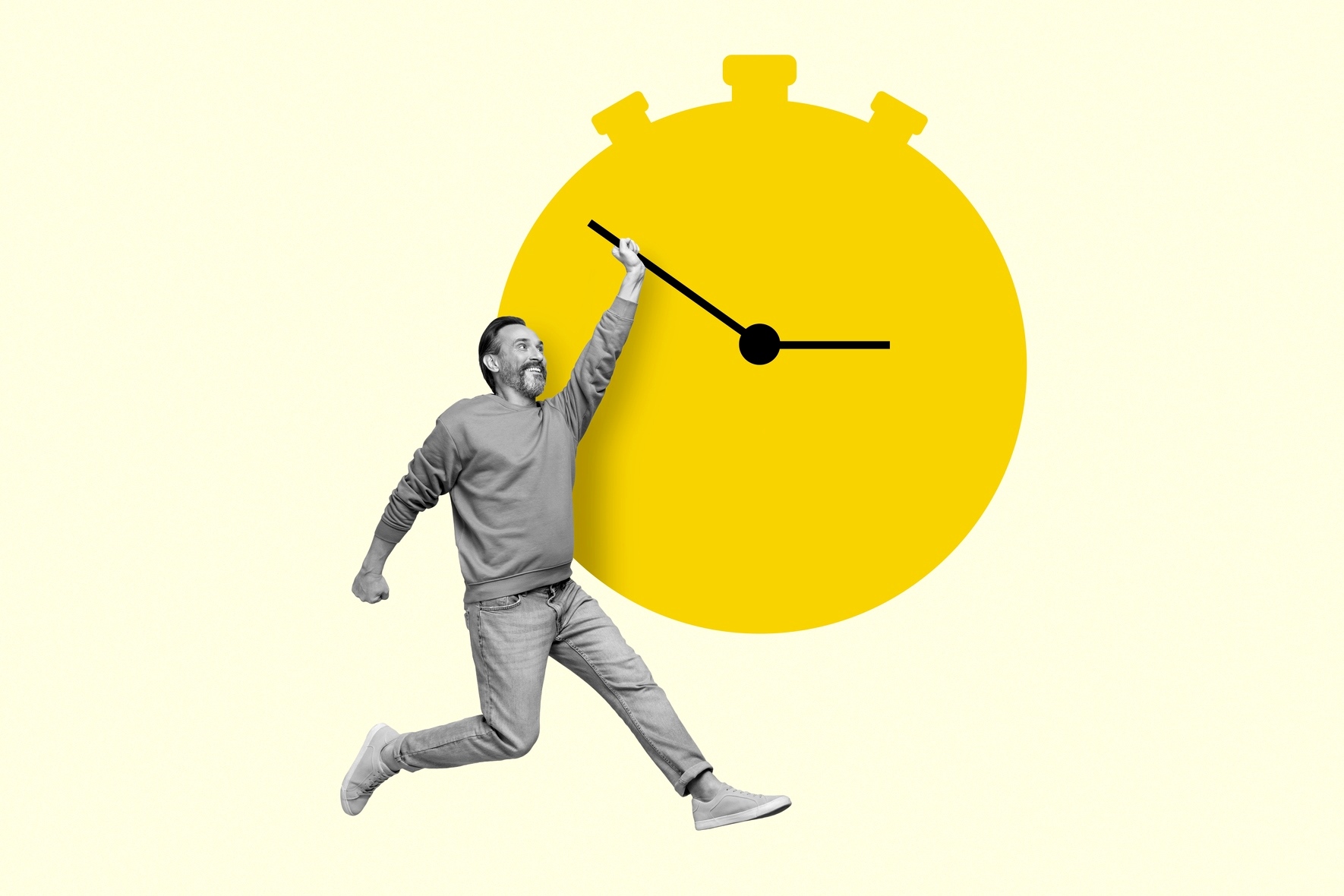Do you value your time?

Time is the most precious resource anyone has. You can never get back the time that has passed. People who recognize this fact place a greater value on their time than most others do. And the sort of mindset this creates makes these people behave in ways that don’t come naturally to everyone.
1. They set clear goals to know what they are working toward.

Clear goals allow them to make the most of their limited time. Everyone gets 24 hours in their day. How you spend those 24 hours determines what your present and future will look like. By setting specific, measurable goals, you are able to avoid wasting time on things that don’t matter.
2. They prioritize their tasks.

Individuals concerned with time identify and complete important tasks first. By completing them first, the task is now out of the way, which reduces stress and frees up more time. Trying to do complex or time-sensitive tasks at the last minute is a good way to stress oneself out unnecessarily.
3. They create a daily schedule.

A well-planned schedule allows them to use their time effectively. They may break their day into chunks, dedicating specific times to different activities. That way, they can stay on track with minimal difficulties. Organization tells them exactly what needs to be done and when.
4. They limit their distractions while working.

They understand that distractions derail productivity. A person typically takes about 10-15 minutes to get back on track when they have their workflow interrupted. Thus, they attempt to minimize the time they spend on social media and unnecessary activities that don’t align with their goals.
5. They say “no” when necessary.

Time is a finite resource. They understand that you can’t commit to everything if you value your time and goals. They say “no” to obligations that don’t align with their priorities so they can free up time for more important activities. Furthermore, they reduce their stress by not overloading themselves.
6. They delegate tasks to others.

People who value their time recognize that they need to delegate tasks to others so they can focus on their most important responsibilities. They only have one set of hands, so they need to make the most of where they are dedicating their time and work.
7. They utilize time blocking to improve focus.

Time blocking is the practice of dedicating a specific time to doing one activity. That way, they can maximize their time and attention on that activity until it’s completed. That includes activities that many people consider intrinsic to their day, like checking emails or their phone.
8. They take regular breaks.

The importance of breaks cannot be overstated. People are not machines. They need regular rest so they don’t break down. And even the analogy of people working like machines isn’t accurate. Machines still need to be shut down for maintenance regularly. A break is human maintenance.
9. They reflect on and review their progress.

Evaluation of progress gives the time-conscious individual insight into how to better spend their time. It’s easy to get lost on the way to a goal without reflection. Reflection and review tells them whether or not they need to adjust their approach to stay on top of reaching their goals.
10. They avoid perfectionism.

Excellence is a great goal. Perfect is not. Perfectionism causes one to devote far too much time to a project to the point where it may not get finished. No matter what the project is, there is always room for tweaks and improvement. One needs to know when enough is enough to ship the project out.
11. They invest in their self-care.

Self-care is essential for maintaining mental and physical health. They make time for exercise, healthy eating, meditation, and other self-care activities to boost their energy and focus. These things all contribute to better sleep which promotes mental sharpness which allows them to work efficiently.
12. They learn new things continuously.

People who value their time are constant learners. They may regularly be looking for ways to improve themselves or fulfill their obligations more effectively. They grow their knowledge by learning new skills, reading, or using other educational materials which increases their efficiency and adaptability.









